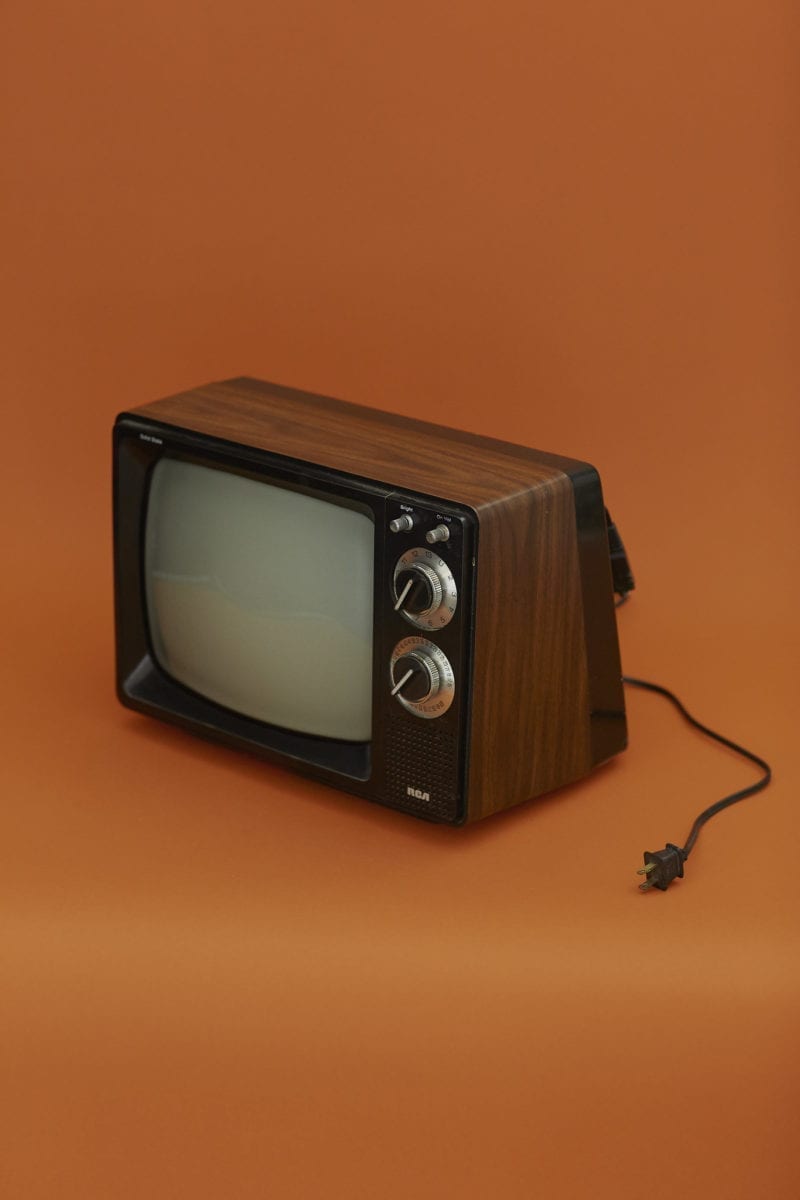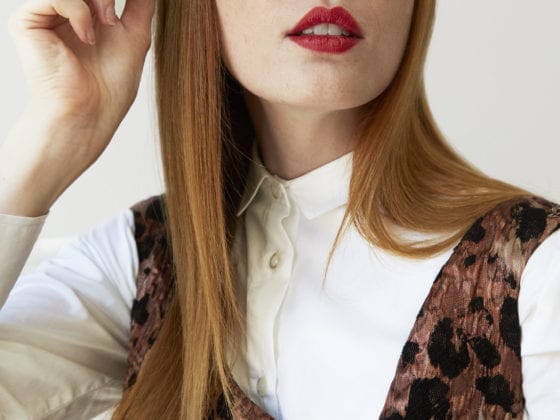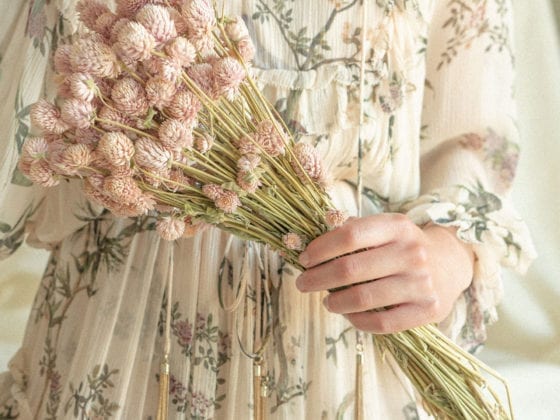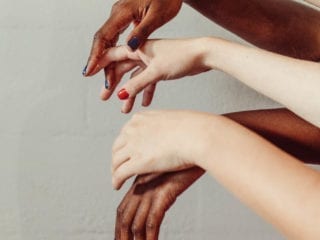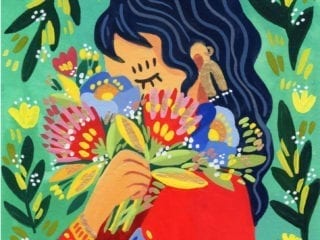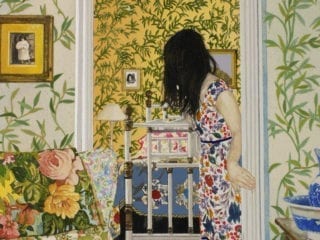Storytelling is powerful. Stories contain the potential to enlighten, expose and liberate, but they also possess the capacity to distort, exclude and corrupt. Stories shape our beliefs about the world. Because of this, learning to diversify the media you read and listen to is incredibly significant.
For example, before I read the novel “Purple Hibiscus” by Chimamanda Adichie, I had a limited view of Africa, one that projected my own notions of poverty, corruption and antiquity onto the continent. This book, along with several other revolutionary books by Adichie, allowed me to see the complexity, liveliness and wealth within the country of Nigeria.
Actively diversifying the media we watch, read and listen to heightens the potential to stretch our empathy. Consuming diverse stories grants us the privilege of walking in another person’s shoes where context reigns, and we are able to humanize the person we see as “other”—whether it be “other” race, “other” political opinion, “other” country of origin or “other” socio-economic background.
Actively diversifying the media we watch, read and listen to heightens the potential to stretch our empathy.
Here are the steps I’m taking to actively diversify my media and to grow my perspective of the world:
Be present.
Consuming media is typically a passive activity, but perhaps, it’s time to make it an intentional one. Next time you sit down to binge a Netflix show or listen to your favorite podcast, try asking yourself: What voices are missing in my media? What kinds of subjects and topics do I gravitate toward? Are there groups of people often underrepresented?
Be present with yourself, and don’t be afraid to turn on your inner dialogue. Maybe take note of the creators behind the media you consume. For instance, if you read a book that centers on an impoverished family living in Central America, then research whether or not the author has first-hand knowledge or experience living in poverty. Use your answers to these questions to guide what kinds of stories you choose next.
Step outside of your personal context and comfort zone.
Without a doubt, I have my own go-to narratives. One of my favorite movies is “La La Land.” I adore this musical with its moving storyline, spunky color theme and catchy songs. Although it’s a wonderful film, the creators of La La Land rightfully received extensive backlash for their depiction of jazz music, which is so deeply rooted in African American culture and history. This is why we need alternative narrative views to fully paint the picture, but searching for these narratives may require sacrifice and, most definitely, stretching beyond what is familiar or comfortable.
We need alternative narrative views to fully paint the picture.
Read two or three news articles each day from a news outlet with a different political leaning than your own. Read a book by an author who lives in a country you know little about. Follow someone on Instagram whose posts challenge you to pause and think. Watch a documentary that presents a new take on a historical event you learned about in high school.
Opportunities to engage with diverse media abound. Soon you may find that the further you engage with different stories, the more lively, multi-dimensional and informed your view of the world will be.
Reflect and go deeper.
I challenge you to resist stopping at this point. Take it one step further!
Journal a few sentences about how and why a story changed your mind. Invite those closest to you on this journey by watching a movie together that sparks lively discussion. Dive into conversations with people in your community and learn about their backgrounds. Research a story that fascinates you. Speak up when someone presents a limiting view of a person or certain culture.
After taking those initial steps away from all that is familiar and comfortable, I encourage you to work on making this second-nature. Diverse stories subvert our expectations again and again, reminding us to remain open and curious. Diversifying our media, although initially difficult, gives us a glimpse into the way the world is supposed to be—a mosaic of experiences and stories that deepen our understanding of one another.
Diversifying our media creates a mosaic of valued experiences and stories that deepen our understanding of one another.
Intentionally cultivating a diverse list of media sources only enriches your daily life, and it gives you greater insight into the lives of those around you. Need somewhere to start? Here are a few movies, TV shows, books and podcasts I’m currently loving!
“The Beekeeper of Aleppo” by Christy Lefteri (novel)
“On My Block” (TV Show, Netflix)
“The Hate U Give” by Angie Thomas (novel and film)
“This American Life” (podcast)
“The Weight of All Things” by Sandra Benitez (novel)
“Crazy Rich Asians” (film)
“Code Switch” (podcast)
What are your main sources of media? Would you say you listen to a diverse set of voices via social media, podcasts, online news, etc?
Image via Prakash Shroff, Darling Issue No. 14

